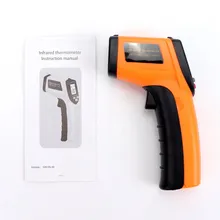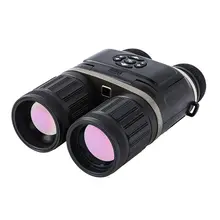Understanding Ultrasonic Water Level Sensor Circuits
Ultrasonic water level sensor circuits are pivotal components in monitoring and managing water levels across various applications. These sensors utilize ultrasonic waves to detect the water's surface, providing a non-contact means of measurement. This technology is essential for consistent, accurate water level detection in environments ranging from industrial tanks to environmental monitoring stations.
Types and Applications
There are multiple types of ultrasonic level sensors designed to cater to diverse applications. Some are crafted for the precision required in small tanks, while others are robust enough for large-scale water bodies. Their applications are widespread, including but not limited to, flood warning systems, wastewater management, and irrigation control. The adaptability of these sensors makes them suitable for both indoor and outdoor environments.
Features and Materials
The construction of an ultrasonic level measurement device often involves materials that can withstand harsh conditions, such as corrosion-resistant metals and durable plastics. Features may include temperature compensation, signal processing capabilities, and connectivity options for integration with broader control systems. The choice of material impacts the device's longevity and reliability, which is crucial for consistent operation.
Advantages of Ultrasonic Sensors
The advantages of using an ultrasonic liquid level sensor are manifold. These sensors offer a non-invasive method to measure liquid levels, which minimizes the risk of contamination and reduces the need for maintenance. Additionally, their ability to provide precise measurements makes them invaluable in processes where accuracy is paramount.
Selecting the Right Sensor
When selecting an ultrasonic water level sensor circuit, it is essential to consider the sensor's range and accuracy. The ideal sensor should have an accuracy that aligns with the application's requirements, often within a margin of error as minimal as 0.5mm/m. Furthermore, the ease of reading measurements and the sensor's compatibility with different environmental conditions are important factors to evaluate.
Conclusion
In conclusion, an ultrasonic sensor for water level detection is a versatile and reliable choice for a multitude of level measurement needs. Alibaba.com presents a selection of these sensors to accommodate various requirements, ensuring that you can find a suitable match for your specific application without compromising on precision.






























 浙公网安备 33010002000092号
浙公网安备 33010002000092号 浙B2-20120091-4
浙B2-20120091-4